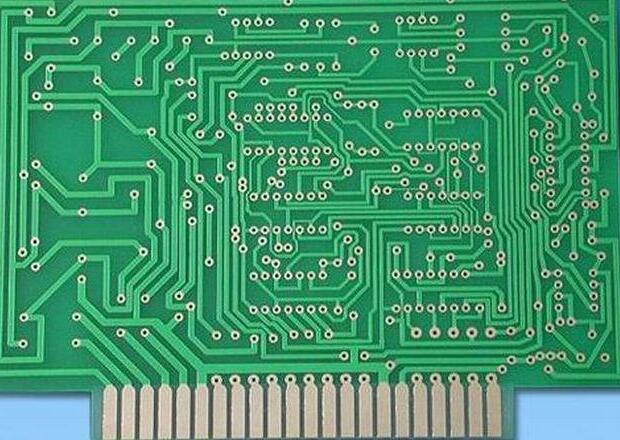Precautions for tin penetration during PCBA processing
During PCBA processing, the choice of PCBA tin penetration is also very important. During the through-hole insertion process, the PCB board has poor tin permeability, which can easily lead to problems such as solder joints, tin cracks or even peeling off.
We should understand the two points of PCBA tin penetration
1. PCBA tin penetration requirements
According to IPC standards, the through-hole solder joints usually require more than 75% of PCBA tin penetration. That is to say, when visually inspecting the soldering surface, the solder penetration rate of PCBA is not less than 75% of the hole height (board thickness), and the penetration rate of PCBA should be in the range of 75%-100%. However, when the via is connected to the heat dissipation layer or the heat conduction layer, more than 50% of the PCBA tin penetration is required.
2. Factors affecting PCBA tin penetration
The poor tin permeability of PCBA is mainly affected by the material, wave soldering process, flux and manual soldering.

Analyzed the factors affecting PCBA tin penetration
1. Material
High-temperature molten tin has strong permeability, but not all soldering metals (PCB boards, components) can penetrate into it, such as aluminum, whose surface usually automatically forms a dense protective layer, and the internal molecular structure also makes it It is difficult for other molecules to penetrate. Secondly, if there is an oxide layer on the surface of the metal to be welded, it will also prevent molecular penetration. We usually use flux treatment, or clean with gauze brush.
2. Wave soldering process
The poor tin permeability of PCBA is directly related to the wave soldering process. Re-optimize welding parameters, such as wave height, temperature, welding time or moving speed. First of all, the angle of the slide rail should be appropriately reduced, and the height of the wave crest should be increased to increase the amount of contact between the liquid tin and the solder terminal. Then, the temperature of wave soldering should be increased. Generally speaking, the higher the temperature, the stronger the permeability of tin. However, the bearing temperature of the component should be considered. Finally, the speed of the conveyor belt can be reduced, and the preheating and soldering time can be increased to completely eliminate the oxidation of the flux. Wet the solder joints and increase tin consumption.
3. Flux
Flux is also an important factor affecting the poor tin permeability of PCBA. The main function of the flux is to remove the surface oxides of the PCB and components and prevent re-oxidation during the soldering process. Improper selection of flux, uneven coating and too little flux will cause poor tin penetration. You can choose a well-known brand of flux, which has a higher activation and wetting effect, and can effectively remove difficult-to-remove oxides; check the flux nozzle, the damaged nozzle needs to be replaced in time to ensure that the PCB board surface is coated with an appropriate amount of flux, thereby Play the soldering effect of the flux.
4. Manual welding
In the actual plug-in soldering quality inspection, a considerable part of the soldering parts only have a conical shape on the surface of the solder, and there is no tin penetration in the through holes. In the functional test, it has been confirmed that many of these parts are incorrectly welded, which is more common in manual insertion welding, because the soldering iron temperature is not suitable and the welding time is too short. Poor tin penetration of PCBA can easily lead to incorrect soldering, thereby increasing maintenance costs. If the tin penetration rate of PCBA is very high and the soldering quality is strict, selective wave soldering can be used, which can effectively reduce the problem of poor PCBA solder penetration.